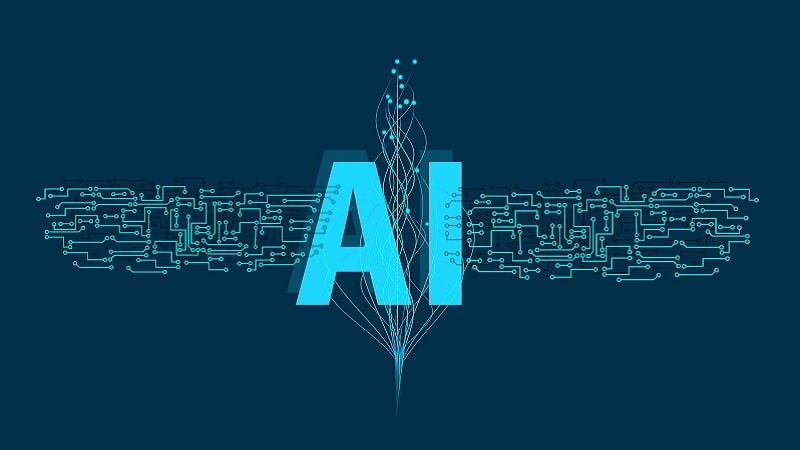
As the Biden administration gears up to release an AI executive order (EO) this fall, the government has consolidated use cases of the technology across 20 Federal agencies.
The new database – uploaded to the AI.gov website – is a compilation of individual postings from each agency and highlights more than 700 use cases of AI across the Federal government.
It comes as the White House has made promises to beef up regulation of AI, including through an upcoming EO – which the administration has promised will cover a “very broad” range of issues related to AI – and new Office of Management and Budget guidance for the Federal government.
The database provides the most comprehensive look at the government’s use of the budding technology to date. The inventories were required as part of a December 2020 Trump administration EO on promoting trustworthy AI, which mandated that agencies publicly provide details on how they are using the new technology.
The new database shows the government is using an extensive array of AI tools, even as it gears up to further regulate and invest in the technology. The database also demonstrates that some agencies have done more to deploy and document their use of AI, particularly the Department of Energy (DoE) and Health and Human Services (HHS), which have disclosed more than 150 use cases each.
One example of AI use at the DoE includes providing natural gas leak detection and quality control. At HHS, one way Feds are leveraging AI is to forecast suicide death trends nationally on a weekly basis.
Other interesting use cases range from preventing veteran suicide to fighting climate change-induced hurricanes. For example, the Department of Veterans Affairs is leveraging AI to predict veterans’ suicidal ideation following transition from military service. Additionally, NASA is using a deep learning web-based situational awareness tool to objectively estimate windspeed of a hurricane on satellite images.
The 700-plus use cases are not all the ones that agencies have been working on. Agencies’ inventories are not required to include AI use cases that are classified, sensitive, used in defense or national security systems, used by the Department of Defense or Intelligence Community, embedded within common commercial products, or used for AI research and development activities.
